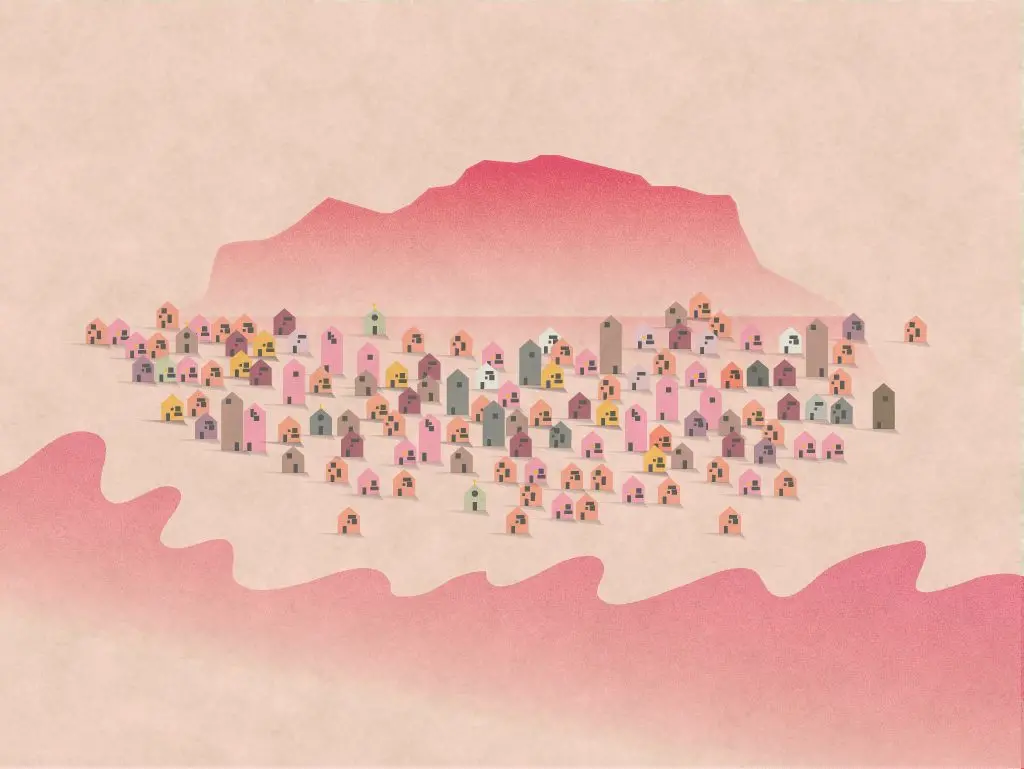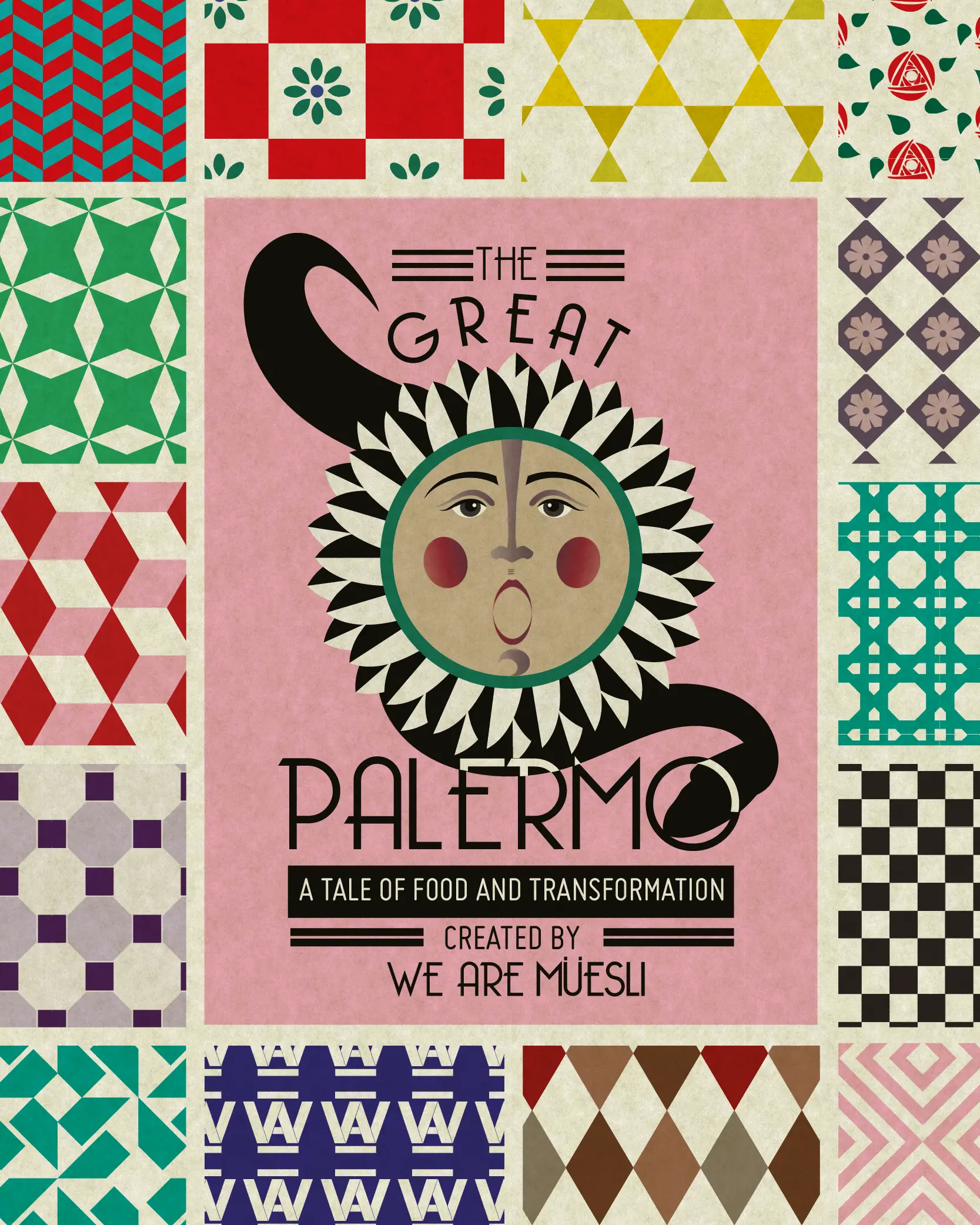

The video game certainly does justice to the city of Palermo and its rich artistic, historical and cultural heritage. Through knowledge of Palermitan street food, the player discovers the secrets, traditions and customs of a city at a crossroads between different cultures and ethnicities (the Arabs, Normans, Spanish, etc.).
The video game certainly does justice to the city of Palermo and its rich artistic, historical and cultural heritage. Through knowledge of Palermitan street food, the player discovers the secrets, traditions and customs of a city at a crossroads between different cultures and ethnicities (the Arabs, Normans, Spanish, etc.).
Each tasty morsel is tied to a place of cultural interest in the city. The player retraces the history behind Frutta Martorana (or royal paste) at the Church of Martorana, Sicilian panelle (chickpea fritters) in bread at the Arabic-Norman church of San Giovanni degli Eremiti, fried Iris at the Ribaudo kiosk near the Teatro Massimo, where Sfinci di San Giuseppe are traditionally eaten with their sweet ricotta filling on 19 March, and grattatella (similar to granita) near the Quattro Canti, a Baroque square in the centre of Palermo. Then there’s pane con la milza (lit. spleen sandwich) on Caracciolo hill, which leads to the famous Vucciria market (also painted by Guttuso), where the player can sip on wine mixed with sparkling water. The game features not only street food, but fish on the beach of Sferracavallo (octopus) and babbaluci (snails, known in France as escargot) at the foot of the Sanctuary of the Protector Saint of the city, Santa Rosalia. All these foods carry the user along on an elegant arthouse ballad.

Visual novel
This game is described as “a story of food and transformation”. It unfolds like an interactive graphic novel based on the gastronomy of Palermo, explored by the protagonist Gaetano. The graphics of the game are very pleasant, with a colourful style and sophisticated stylisation of the monuments, food and views over the city.